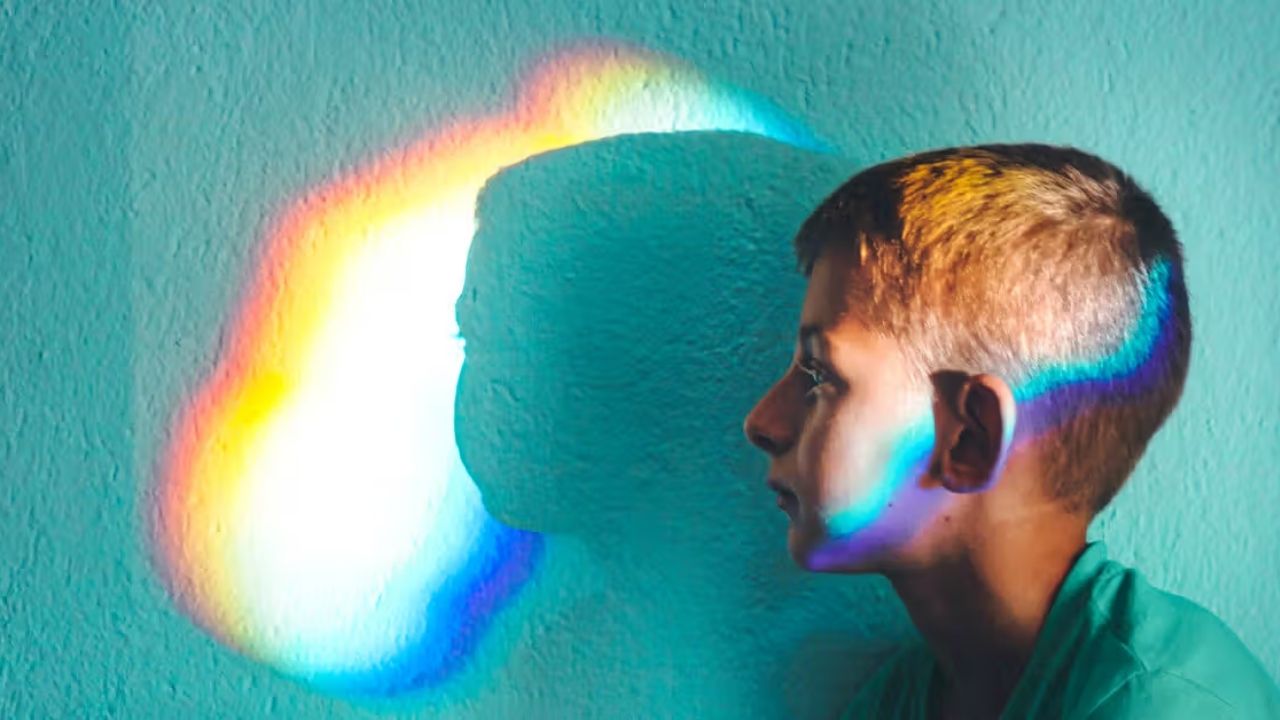
Photosensitive epilepsy is a condition where seizures are triggered by visual stimuli, such as flashing lights or patterns. It's more common than you might think, affecting about 1 in 4,000 people. This condition can be particularly challenging because everyday activities like watching TV, playing video games, or even walking past a flickering streetlight can pose risks. Understanding the triggers and how to manage them is crucial for those affected. In this post, we'll share 50 facts about photosensitive epilepsy to help you better understand this condition, its triggers, and ways to manage it effectively. Whether you're living with it or know someone who is, these facts will provide valuable insights.
Key Takeaways:
- Photosensitive epilepsy affects 3% of people with epilepsy and is triggered by flashing lights, patterns, and certain colors. It's crucial to recognize symptoms and avoid triggers for proper management.
- Managing photosensitive epilepsy involves medication, lifestyle changes, and avoiding triggers. With proper care, individuals can lead fulfilling lives, despite the condition's impact on daily activities.
Understanding Photosensitive Epilepsy
Photosensitive epilepsy is a type of epilepsy where seizures are triggered by visual stimuli, such as flashing lights or patterns. Let's dive into some fascinating facts about this condition.
- Photosensitive epilepsy affects about 3% of people with epilepsy.
- Flashing lights between 5 and 30 flashes per second are most likely to trigger seizures.
- Patterns like stripes or grids can also provoke seizures.
- Television screens and computer monitors are common triggers.
- Video games with rapid scene changes can induce seizures.
- Natural light flickering through trees or blinds can be a trigger.
- Red and blue colors are more likely to cause seizures than other colors.
- Females are more commonly affected than males.
- Onset usually occurs during childhood or adolescence.
- Genetics play a significant role in photosensitive epilepsy.
Symptoms and Diagnosis
Recognizing the symptoms and getting a proper diagnosis is crucial for managing photosensitive epilepsy.
- Symptoms include staring spells, jerking movements, and loss of awareness.
- Aura or a feeling of déjà vu can precede a seizure.
- Electroencephalogram (EEG) is used to diagnose photosensitive epilepsy.
- Photoparoxysmal response (PPR) on an EEG indicates sensitivity to light.
- Family history of epilepsy increases the likelihood of photosensitive epilepsy.
- Seizure duration typically lasts a few seconds to a few minutes.
- Postictal state or confusion can follow a seizure.
- Triggers can be identified through patient history and observation.
- Eye closure during exposure to triggers can help in diagnosis.
- Specialized tests like the intermittent photic stimulation (IPS) test are used.
Treatment and Management
Managing photosensitive epilepsy involves a combination of lifestyle changes and medical treatments.
- Anti-epileptic drugs (AEDs) are commonly prescribed.
- Valproic acid is often effective for photosensitive epilepsy.
- Lamotrigine and levetiracetam are other medication options.
- Avoiding triggers is a key part of management.
- Wearing polarized sunglasses can help reduce light sensitivity.
- Blue light filters on screens can minimize risk.
- Adjusting screen settings to reduce brightness and contrast is beneficial.
- Frequent breaks from screens can prevent seizures.
- Seizure diaries help track triggers and seizure patterns.
- Education about the condition is important for patients and families.
Impact on Daily Life
Photosensitive epilepsy can affect various aspects of daily life, but with proper management, individuals can lead fulfilling lives.
- School performance may be impacted by frequent seizures.
- Driving restrictions are often imposed until seizures are controlled.
- Social activities like going to concerts or clubs may need adjustments.
- Employment can be challenging but many find supportive workplaces.
- Exercise is generally safe but should be done in well-lit environments.
- Stress management techniques can help reduce seizure frequency.
- Sleep hygiene is crucial as lack of sleep can trigger seizures.
- Diet does not directly affect photosensitive epilepsy but overall health is important.
- Support groups provide emotional and practical support.
- Awareness campaigns help educate the public about the condition.
Research and Future Directions
Ongoing research is crucial for better understanding and treating photosensitive epilepsy.
- Genetic studies are exploring the hereditary aspects of the condition.
- Brain imaging techniques are improving diagnosis and treatment.
- New medications are being developed to reduce side effects.
- Non-pharmacological treatments like neurofeedback are being studied.
- Wearable devices for seizure detection are becoming more advanced.
- Virtual reality is being explored as a tool for desensitization therapy.
- Public health initiatives aim to reduce exposure to common triggers.
- Collaborative research between neurologists and optometrists is ongoing.
- Patient registries are helping to gather more data on the condition.
- Future therapies may include gene therapy and personalized medicine.
Final Thoughts on Photosensitive Epilepsy
Photosensitive epilepsy, a condition where seizures are triggered by flashing lights or contrasting patterns, affects many people worldwide. Understanding the triggers, symptoms, and management strategies is crucial for those living with this condition. Avoiding known triggers, using protective eyewear, and following medical advice can significantly reduce seizure occurrences.
Raising awareness about photosensitive epilepsy helps create a safer environment for everyone. Simple changes, like reducing screen brightness or avoiding certain visual stimuli, can make a big difference.
If you or someone you know has photosensitive epilepsy, staying informed and proactive is key. Remember, knowledge empowers us to make better choices and support those affected. Stay safe, stay informed, and continue spreading awareness about this important condition.
Frequently Asked Questions
Was this page helpful?
Our commitment to delivering trustworthy and engaging content is at the heart of what we do. Each fact on our site is contributed by real users like you, bringing a wealth of diverse insights and information. To ensure the highest standards of accuracy and reliability, our dedicated editors meticulously review each submission. This process guarantees that the facts we share are not only fascinating but also credible. Trust in our commitment to quality and authenticity as you explore and learn with us.
